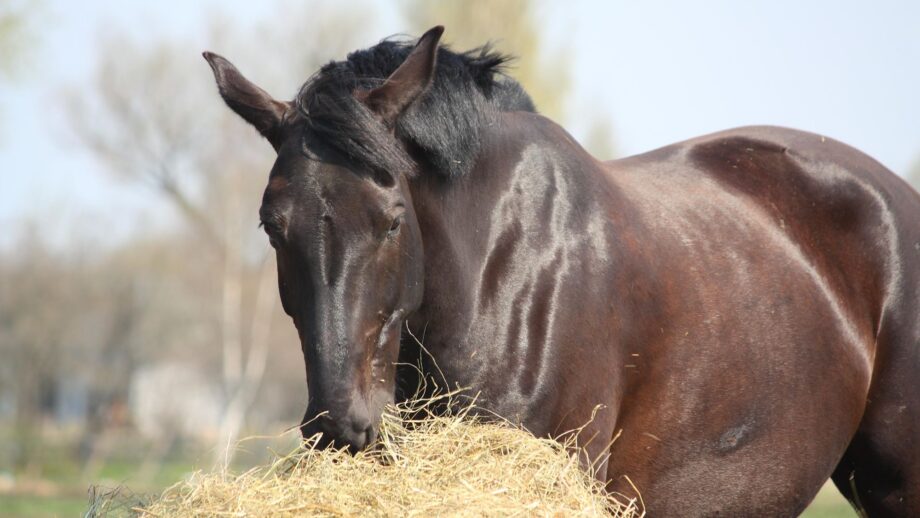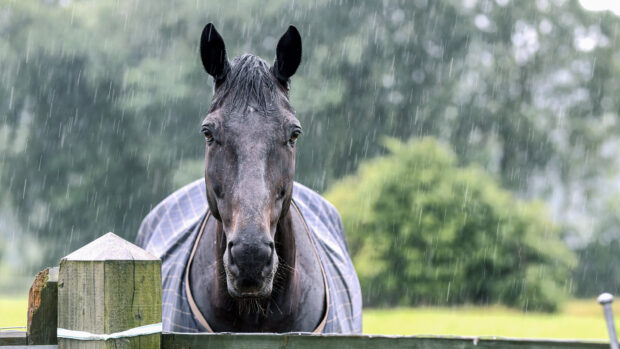In broad terms, how much hay to feed a horse depends on the horse you’re feeding it to. A small pony doesn’t need the same ration as a 17hh warmblood, nor does a retired cob need the weight of hay that a top-level eventer would.
While we can all agree forage rations vary horse to horse, how can you as an owner best calculate an appropriate amount of hay to feed? We spoke to an expert nutritionist to get to the bottom of it – and it might not be as complicated as you imagine.
Can you feed a horse too much hay?
As many horse owners know, feeding hay ad lib is best, as it allows the horse’s gut to be in constant motion, just as nature intended.
However, overfeeding forage can occur in good-doers or horses who hoover up their hay ration quickly, prompting you to feed more.
“The challenge with ad lib is that many horses will overeat, and become overweight as a result – even on normal quality meadow hay,” warns independent equine nutritionist Clare MacLeod.
“If you find yourself in a position where feeding hay ad lib is impossible, you’ll need to work out how to limit the amount.”
How much hay to feed a horse: making sense of dry matter
Clare says the textbook way to calculate how much hay to feed a horse is to provide an appropriate percentage of his bodyweight in hay on a dry matter basis.
“Horses will eat anything from about 1.8–5% of their body weight daily,” says Clare. “A typical textbook would tell you horses need 2% of their bodyweight in forage per day, 2.5% if they’re hardworking.”
However, this method isn’t without its complications.
“First of all, you need be aware that these textbook values are based on the hay’s dry weight. That is, the weight of hay leftover if all the moisture was removed.
“That means owners need to calculate how much hay to feed to ensure their horses are receiving the correct dry weight of hay,” says Clare. “The typical dry matter value for hay is 88% – the other 12% is moisture. Therefore, you’d need to feed 1.136kg of hay in order to provide 1kg in dry matter.”
To calculate this, divide the hay weight in kilos by the moisture content as a percentage. For example, if you needed to feed 15kg of dry weight of hay per day and wanted to know how much to feed a horse to achieve this, you’d divide 15 by 0.88, giving you 17.05kg to feed in total.
The easiest way to weigh hay is in a net with a portable luggage scale (like this one on Amazon).
“To add another layer of complexity, it’s almost impossible to predict how much grass a horse eats while they’re turned out,” continues Clare. “This means huge challenges for your calculations if your horse has access to grass some or all of the time.”
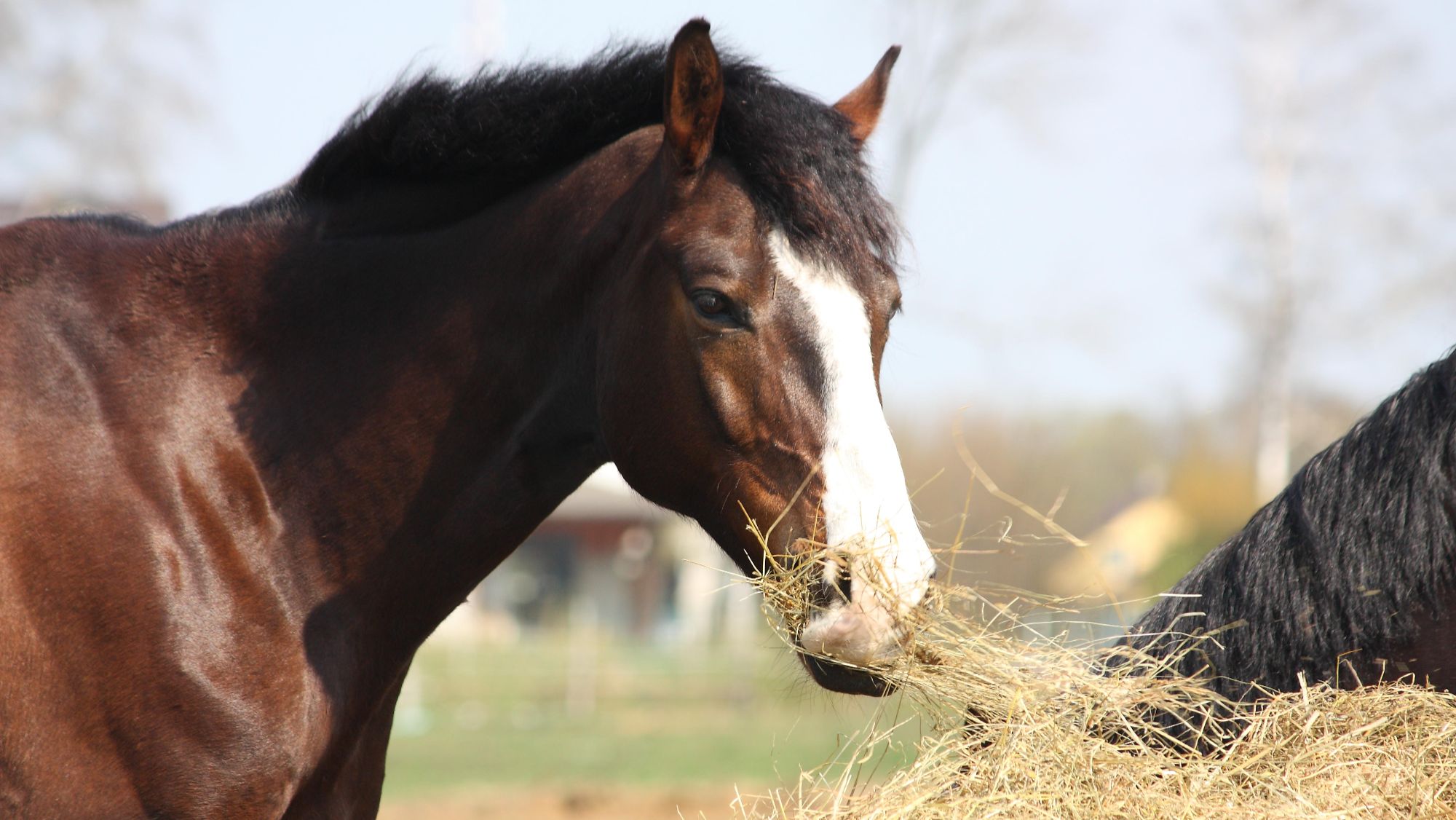
Focus on time eating over weight fed
Rather than grapple with complex calculations if ad lib feeding is impossible, Clare advises focusing on how long a horse eats for, rather than precisely how much he eats.
“When your horse is off grass, try to feed forage in such a way that he never has to fast for more than four hours,” says Clare.
The challenge with an overweight horse becomes finding a way to slow them down.
“Forage amount-wise, I’d be reluctant to drop below 1.8% of bodyweight,” says Clare. “Any less, and you risk extending that fasting window beyond four hours.
“Have another look at the type of forage you’re feeding to see if you can make changes there before reducing the amount by any more.”
Clare adds that it could be helpful to “downgrade the forage” to a less energy-rich crop, such as late-cut, stalky hay that is a more mature and less nutritious plant.
“You can also long-soak your hay and feed straw alongside it as ways as ways to reduce the calories of the forage portion of the diet, as well as focusing on limiting the intake amount and rate.”
“Otherwise, you can make it harder for your horse to get through his ration quickly with small-holed haynets and slow feeders, or using a hay replacer, such as forage bricks, to substitute part of the ration with and help slow them down.”
How much hay to feed a poor-doer
In general, poor doers can eat ad lib hay, and their forage ration is a prime opportunity to load more nutrition in.
“Make sure to feed an early-cut, leafy crop, or ask your supplier about their highest energy hay product,” says Clare.
“Alongside feeding ad-lib hay, you can also add an appropriate concentrate to their bucket feed, add another daily bucket feed. In addition, you could top up their balanced bucket ration with a calorie-rich foodstuff, such as linseed, or an oil-rich supplement if further weight could be gained.”
Find out more about Clare’s work at equinenutritionist.com
- To stay up to date with all the breaking news from major shows throughout 2025, subscribe to the Horse & Hound website
You may also like:

Know your forage: which type is right for your horse?
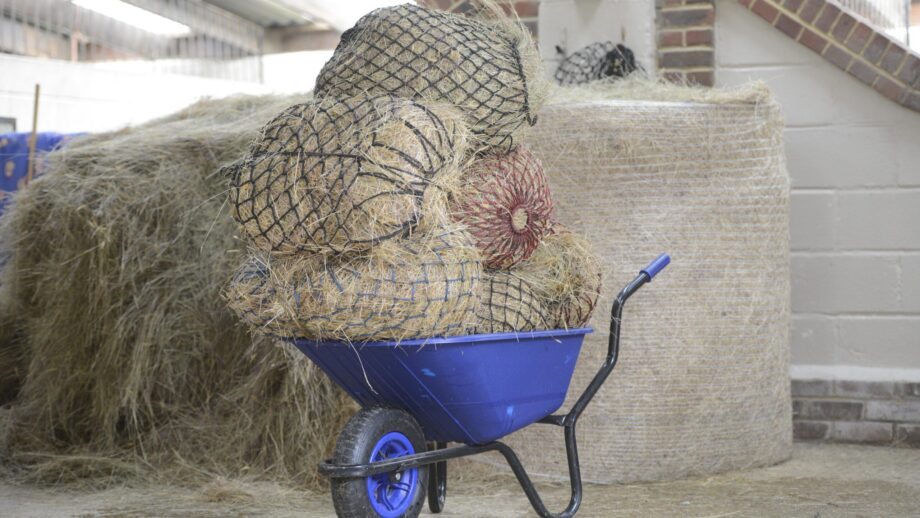
8 ways to reduce your hay bill this winter

11 small-holed haynets and slow feeders to extend eating time and reduce wastage
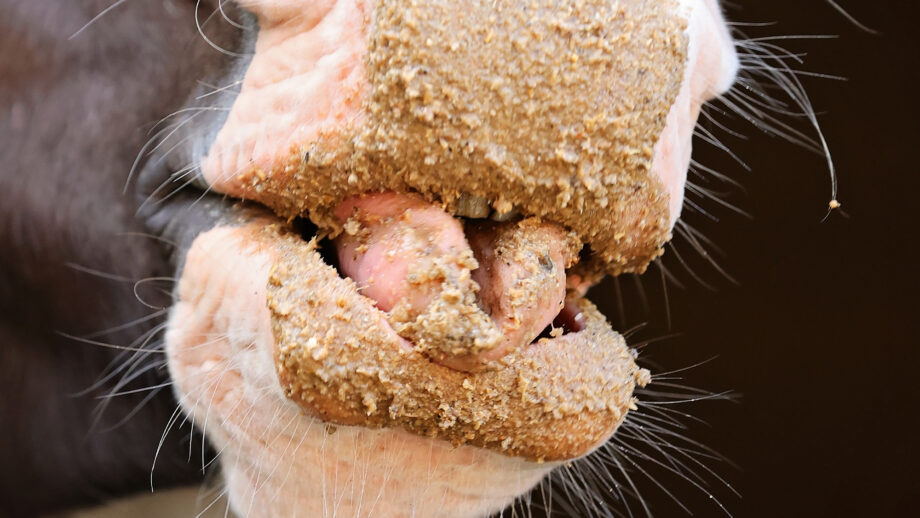
21 full and partial hay replacers to help add more fibre to the diet
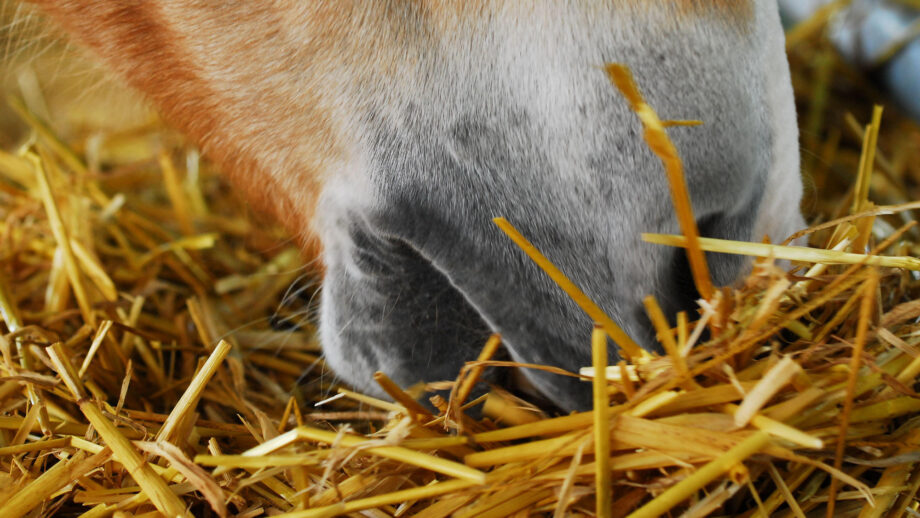
Is it safe to feed straw? Everything you need to know, with expert advice from an equine nutritionist
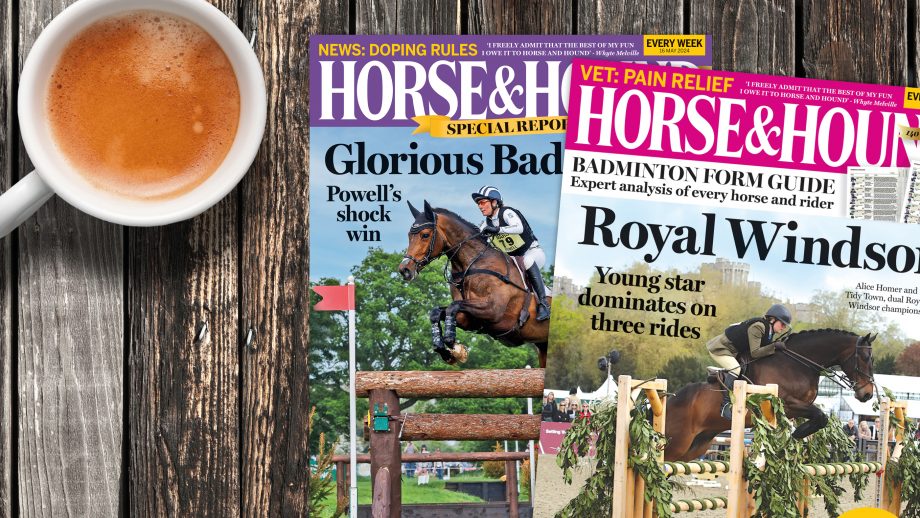
Subscribe to Horse & Hound magazine today – and enjoy unlimited website access all year round

